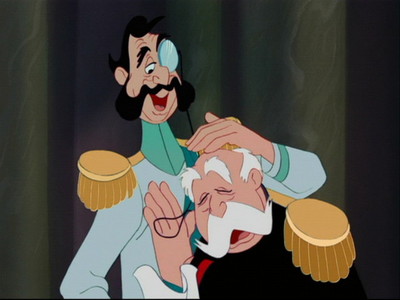STEP 1: What is annotating you ask? Well, click on the below link for annotating a video that defines annotating and what you should be doing.
ANNOTATION VIDEO: http://youtu.be/IzrWOj0gWHU
Okay, you've watched the video, now it is time to move forward with actually annotating. Go back into your text and see out THEMES, SYMBOLS, CHARACTER DESCRIPTIONS, FIGURATIVE LANGUAGE (only if important to the plot or themes), CONFLICTS, PLOT DETAILS, and/or AUTHOR MEANING.
TIPS
Begin to annotate more closely.
A. Circle, underline, or stick on a post-it for important ideas and
explain their significance.
B. Mark repetitions or rhetorical signals.
C. Circle confusing words or phrases. Define from context or
dictionary if possible.
D. Note passages that seem inconsistent.
E. Note passages that generate a strong positive or negative
response.
Go back a third time.
1. Write questions where you made annotations. These questions can
be for the instructor to answer, for the class to discuss, for you to use
in future writing assignments, or for you to keep as a reminder of what
you were thinking.
2. Think about the connections between this text and other texts you
have read, information from other classes, and personal experiences.
WHEN YOU HAVE COMPLETED BOTH STEPS, GIVE ME A DONE COMMENT BELOW. THIS IS DUE BY MONDAY, MARCH 3RD.



